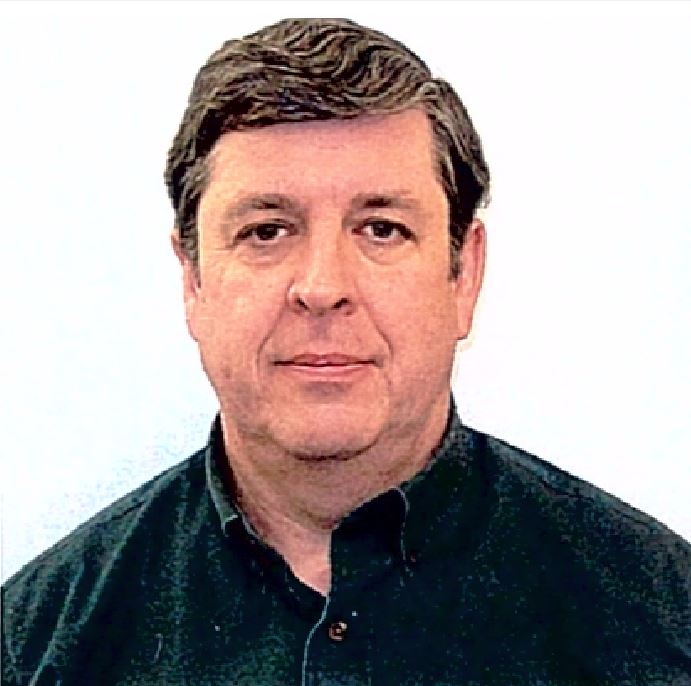Impact window missing from modal test
I'm currently working on a modal test using a hammer input. I had not done that for a while. Previously, there had been an "impact window" time weighting window available for the hammer channel. I've found that this is missing in X3 SP7 and SP8. Could Dewesoft bring the impact window back? It's the most appropriate window for an impact excitation.
Technical support
Dear Joseph,
on the following picture you can see the Time windows which are available in the SP8 and SP7 versions of Software.
Regards
Attached files:
@DEWESoft Support,
I understand where to find the available time windows. For the hammer channels, the options are "rectangular" (no window) and "exponent down". However, the best choice for an impact hammer excitation is the "impact window", sometimes called the "force window". This window has a value of 1 for a short period of time at the beginning of the window, then quickly tapers down to 0 for the remainder of the window. The portion with a value of 1 is only long enough to allow the hammer impulse to be unaffected. After the hammer impulse, the signal on the hammer channel is zero, by definition. Anything else is noise on the channel. The impact window forces the values after the impact to zero, eliminating noise on the channel. I've attached an image showing the impact window.
This feature was available in earlier versions of Dewesoft modal test. Why is it gone now? I would like to have it back.
As a separate comment, my practice is to never use the exponential windows. These have the effect of adding a fictitious damping to the measured frequency response functions (FRFs), and this must somehow be corrected in the subsequent analysis. Often the measurements are done for the purpose of determining damping values for the various resonant modes, so the exponential window creates a problem. I have always been able to increase the duration of measurement time window by selecting a higher frequency resolution, thereby allowing enough time for the structure's "ringing" to fade and eliminating the need for the exponential window.
Attached files:
@DEWESoft Support,
I understand where to find the available time windows. For the hammer channels, the options are "rectangular" (no window) and "exponent down". However, the best choice for an impact hammer excitation is the "impact window", sometimes called the "force window". This window has a value of 1 for a short period of time at the beginning of the window, then quickly tapers down to 0 for the remainder of the window. The portion with a value of 1 is only long enough to allow the hammer impulse to be unaffected. After the hammer impulse, the signal on the hammer channel is zero, by definition. Anything else is noise on the channel. The impact window forces the values after the impact to zero, eliminating noise on the channel. I've attached an image showing the impact window.
This feature was available in earlier versions of Dewesoft modal test. Why is it gone now? I would like to have it back.
As a separate comment, my practice is to never use the exponential windows. These have the effect of adding a fictitious damping to the measured frequency response functions (FRFs), and this must somehow be corrected in the subsequent analysis. Often the measurements are done for the purpose of determining damping values for the various resonant modes, so the exponential window creates a problem. I have always been able to increase the duration of measurement time window by selecting a higher frequency resolution, thereby allowing enough time for the structure's "ringing" to fade and eliminating the need for the exponential window.
Attached files:




